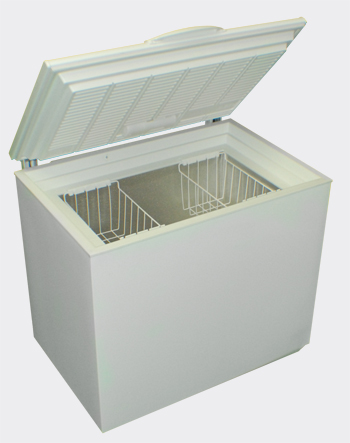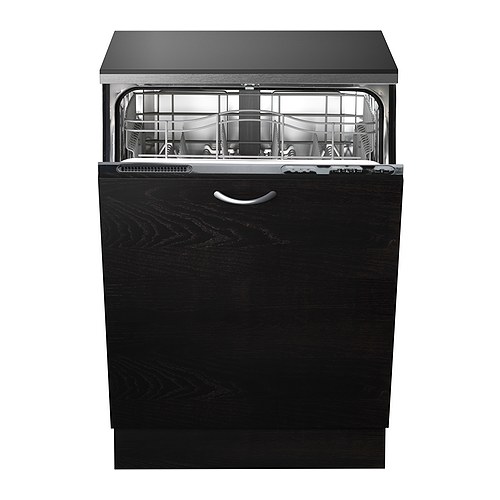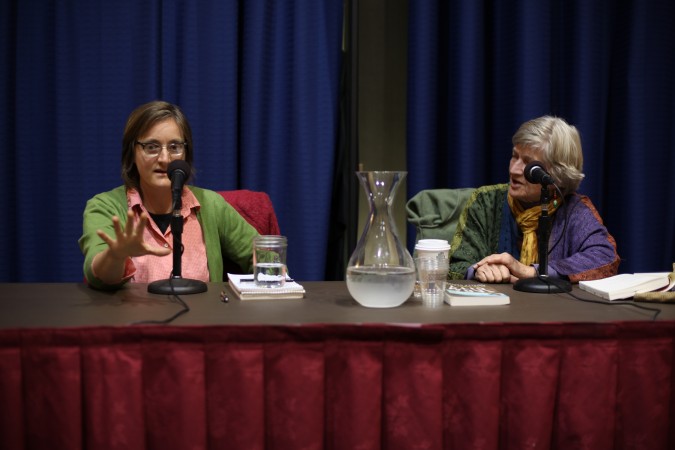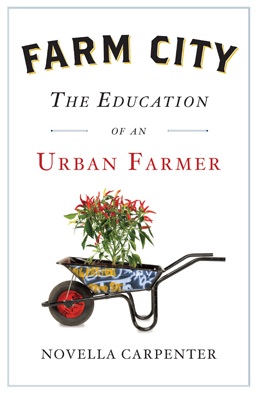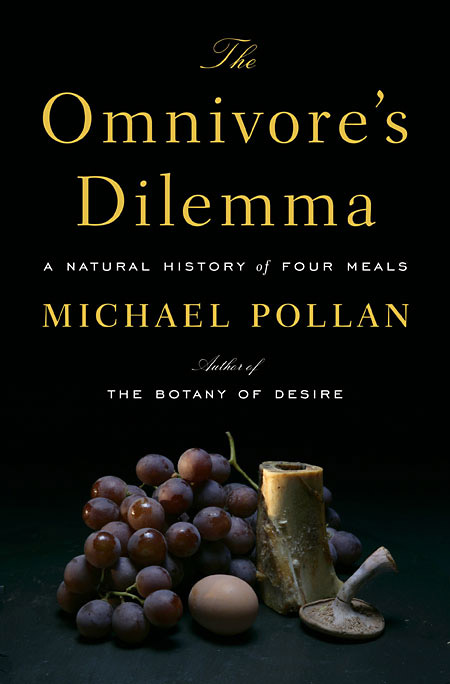Archive for the ‘Food’ Category
Make refrigeration super efficient worldwide by switching to top loading models
Did you know that you can convert a common chest freezer into an exceptionally energy efficient chest refrigerator? The electricity savings are so great that I think the entire world should make it a top priority to legislate all new refrigerators must be top loading. Why has the world standardized on a system where the cold air falls to the ground every time the door is opened?
Something tells me that if all the world’s refrigerators were top loading it would save more power than all the photovoltaic solar panels ever manufactured. Since chest freezers are cheap, there’s no economic reason not to do this. A chest refrigerator only costs $5 a year in grid electricity to operate.
Yes, kitchens would have to be redesigned to accomodate top loading refrigerators, but the collective power savings probably amount to dozens of full size nuclear power plants.
The appliance industry has been pushing in counter drawer refrigerators at the high end for years now. What I suggest is that chest refrigerators be designed to look like kitchen base cabinets from the front, and that the top be surfaced in the same material used for the kitchen cabinet countertop. This would mean the refrigerator would be accessed by flipping up the countertop, which would be perfectly counterbalanced with a weight on a rope behind the refrigerator, so that the contents could be accessed with just one finger. I’m sure the appliance industry could figure out how to make a combined chest refrigerator/freezer, and each compartment could have its own section of hinged countertop. Note that even granite counter tops can still be used since the counterweight could be made of cement in a flat plate shape. It might be even more efficient to put three or four hinged lids on a horizontal refrigerator/freezer. While the world waits for the appliance makers to construct a horizontal refrigerator/freezer, we can just install separate refrigerators and freezers, side by side, just like we do today with laundry washers and dryers.
To make the contents easy to access, there could be lift out racks, perhaps even motorized for high end units. Yes, there will be challenges to get people used to this kind of food storage, but this technology has been here for decades and the savings are so great that I believe this is among the lowest hanging fruit for efficiency savings in home energy usage. I am nearly certain switching a home to horizontal refrigeration would save more than switching all the incadescent bulbs to flourescent.
Another big benefit is I believe food lasts longer if not subjected to constant temperature fluctuations that result from the vertical refrigerator door being opened throughout the day. Since a vast amount of food is thrown out due to spoilage, switching to horizontal refrigeration might well save food and reduce hunger worldwide.
Yes, I haven’t run the numbers to support these bold claims, but I have a hunch I’m entirely correct. Anyone care to run the numbers and post them in the comments?
I didn’t think up horizontal refrigeration, and I’m not sure who did, but here’s a thoughtful PDF describing the process, written by Dr. Tom Chalko, MSc, PhD.
Chalko maintains a fascinating website about his advanced energy self-sufficient home in Australia. Dr. Chalko inspired me to incorporate a horizontal solar powered 24 volt refrigerator in the RTS bus conversion I am building.
While it’s easy to convert a common chest freezer from Sears or Home Depot into a chest refrigerator, some people want to just buy a finished product. Thankfully, there are already commercially available low power chest refrigerators for sale, including these models by SunDanzer. The prices start at $699 and top out at $1,249 , which are high compared to chest freezers from big retailers, but not out of the question considering that some people spend thousands on wasteful vertical refrigerator/freezers today. Even at their current prices, a SunDanzer chest refrigerator is a bargain since you’ll save dozens of dollars per year in electricity costs. SunDanzer is a tiny niche appliance maker. If Kenmore or General Electric were to start making energy efficient chest refrigerators, I suspect their prices would be lower than their chest freezers today, as people need more refrigerator space than freezer space, so more chest refrigerators could be sold than chest freezers.
What’s really needed to make all the above work is that top loading refrigerators must be made sexy and hot, like drawer refrigerators and freezers are today. If you’ve seen the Ikea dishwasher that can be customized with any of the Ikea kitchen cabinet styles, you can envision how attractively top loading refrigerators and freezers could be installed into kitchens. A kitchen would not even appear to contain a refrigerator if installed with matching cabinet facing. If you see a cabinet clad Ikea dishwasher, you can’t tell it’s a dishwasher until you look very closely. Ikea gets a premium price for this dishwasher. I would hope that manufacturers would not overprice their horizontal refrigerators, to speed adoption, but even if they do, that might help get this plan moving, as it will help persuade people this is the next big kitchen innovation they really, really want. Big change happens when people really want it, not because it’s good for the planet.
I met Novella Carpenter this evening at The Commonwealth Club of California
As I promised last month I attended this evening the talk called ‘Growing Food and Wisdom’ given by Novella Carpenter and Joan Gussow. This fascinating talk was held at The Commonwealth Club of California at their San Francisco office on Market Street.
Using the audience microphone I got to ask Carpenter where to start on my urban homestead household I’m now forming. Both Carpenter and Gussow gave detailed answers. Carpenter said to lay down a thick bed of animal manure based compost… several inches thick, before I begin planting. Gussow recommended not digging up everything in the yard, but advised just cutting it back down to the ground. Then she advised mulching with cardboard or commercial mulch and then digging through the mulch to do plantings in the essentially unturned soil. She said it would not be good to turn over the entire garden, as she said that would encourage lots of weeds to grow and cause a lot of needless work.
I am going to ask an audience microphone question at each event I attend at the Commonwealth Club from now on, as an amazing thing happened after the presentation. A nice woman started asking me about my urban homestead plans, and we got to talking. It turns out she’s looking to move and said she’d like to see the place to possibly move in herself. She has raised chickens and studied permaculture, and by her presence at tonight’s talk, it’s clear she has her heart in the right place for the crazy experiment I’m about to embark on. I hope she contacts me, as it seemed like a good fit. I have 2 remaining rooms, so there’s still hope if you’re interested in trying the urban farming life in the middle of a big, cosmopolitan city.
After the talk I introduced myself to Carpenter and told her of my desire to raise miniature dairy goats for milk. She said to start with chickens, as she said goats take more work. She pitched the goat raising class she teaches, which she said is full for now but will have slots next year, which is about when I predict I’ll be ready for goats. I am going to really try to get the aquaponics system and the chickens going this year, and that’s probably enough to get us started on the road to food self-sufficiency. I’m thrilled I will be able to take a class in goat raising from Carpenter herself for just $30. Sounds like the deal of next year.
I met some of Carpenter’s friends as well, including a nice woman who attends a writers workshop with her. It was inspiring to see Carpenter’s friends greet her, as I could tell they are extremely fond of her. In Farm City, one gathers she has great friends, and I confirmed that impression tonight.
I read Carpenter’s book Farm City last year, and it’s one of my favorite books. It was so heart warming and funny and inspiring. I told her that Farm City and Michael Pollan’s The Omnivore’s Dilemma are the two books that last year changed my life to my current super healthy eating habits, which I credit with my particularly good physical health and height appropriate weight. I weighed 25 pounds more a year ago than I do today, which was not overweight, but getting there. It turns out Carpenter and Pollan both studied together in college.
Farm City details Carpenter’s life in a gritty section of Oakland, California where she squatted her urban farm on a vacant lot behind her modest 2 bedroom apartment. The book ends with the lot being sold to a developer of condominiums, so her future was uncertain. Tonight I learned that the developer abandoned her development plans due to the real estate market collapse of 2008 and later decided she wanted Carpenter to own the lot. Carpenter told the developer she has little money, but the developer offered her a super low price to be paid in installments, and Carpenter now owns her city farm. She’s now having the concrete pad removed so she can get at the ‘real’ dirt below. The video excerpt I show below tells this lovely outcome much more colorfully than I’ve done here. I’ve decided to no longer post full videos of talks, as I feel it’s wrong to do so without explicit permission, and so far I’m scared to ask. Should I be scared to ask? I think it’s OK to post snippets, which will be how I handle talks I shoot video of going forward. This means I’m not going to post the rest of the Tim Ferriss video I promised when I wrote about his Commonwealth Club talk earlier this month.I’m sorry about this, but I’ve been feeling guilty. Some full length videos of high profile Commonwealth Club events are available on YouTube.com. I suggest that all Commonwealth Club events be captured on video and posted to YouTube. I think that this would help recruit members and increase attendance, as it’s so much more rewarding to attend than to watch online, primarily because you get to meet the speakers and shake their hands.
I introduced myself to Gussow as well, and I will soon read her latest book, entitled ‘Growing, Older.’ Yes, there is a comma between the two words in the title. She’s been advocating growing ones own food inside cities for decades, and she had many enchanting stories to tell, including how her friends and neighbors rebuilt her bowl shaped garden prone to becoming a lake over a dozen times per year due to it being on the Hudson River in Manhattan. The Hudson floods over a dozen times per year, which I did not know before this evening. Now the depression has been filled in with dozens of cubic yards of soil, so when the river floods, the water runs off quickly and doesn’t collect and stagnate, like before. Gussow is a teacher and advocate for green living, and I found her to be a wonderful presenter, with a warm and affectionate manner.
I had such a wonderful time this evening. I feel like I made some new friends and validated my plans to start a Carpenter style oasis in Forest Knolls, my hidden gem of a neighborhood in San Francisco.
